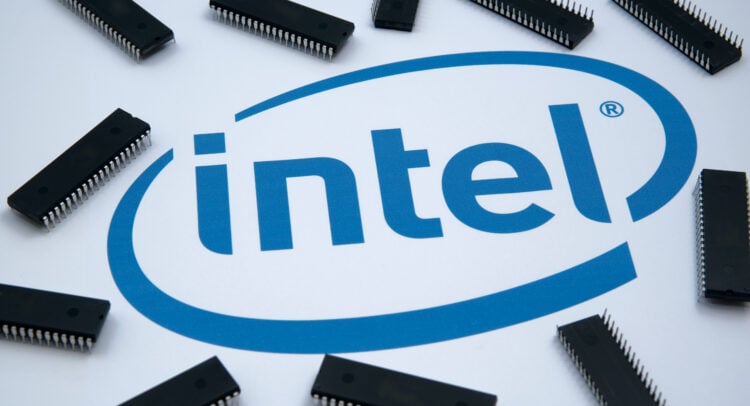Some exciting news emerged for chip stock Intel (INTC), particularly if the news proves accurate. But investors did not take it near so well as might be expected. Reports noted that Intel’s planned Panther Lake lineup may have leaked early,…
Category: 4. Technology
-
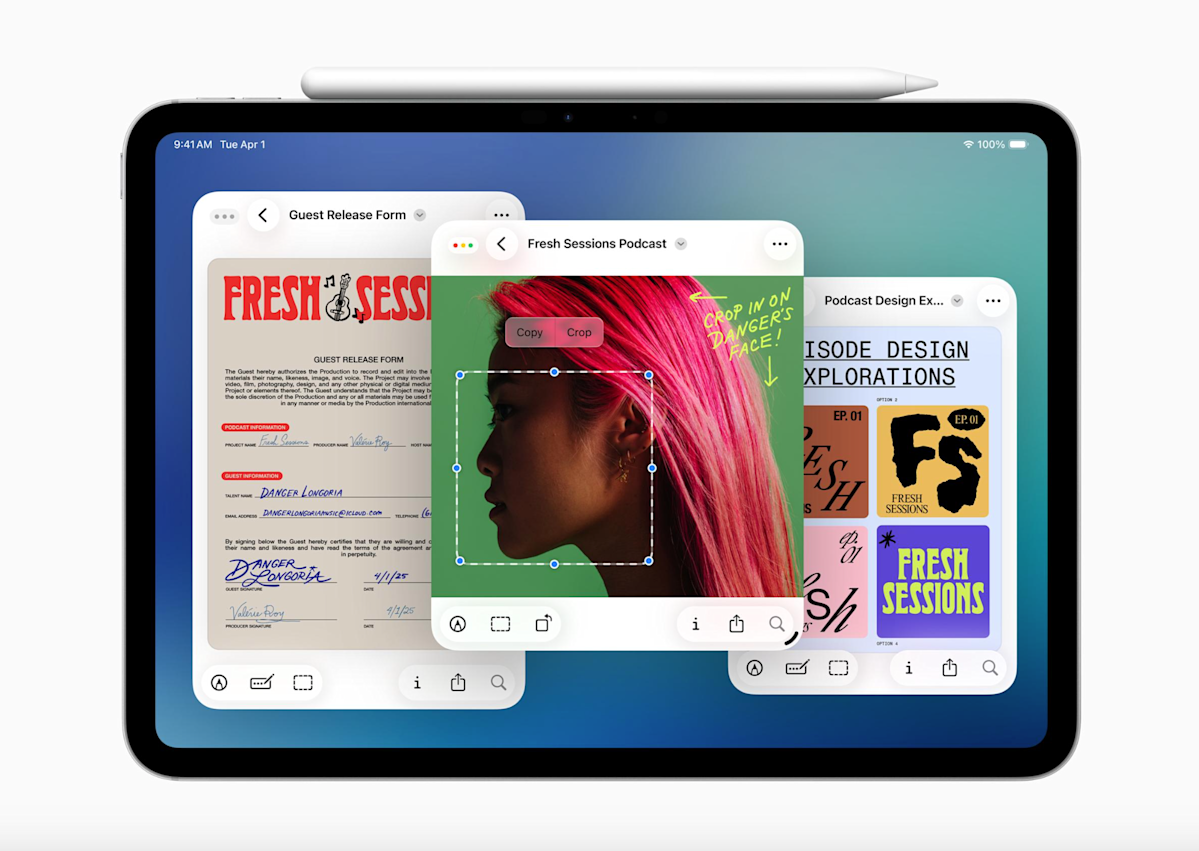
Apple is bringing back Slide Over in iPadOS 26.1
The reaction to iPadOS 26 , but some users have bemoaned the absence of the decade-old Slide Over multitasking feature. Well, Apple just announced that it’s coming back as part of iPadOS 26.1. It’s actually already available, though just as part…
Continue Reading
-
Human ability to focus on specific sounds not found to originate in auditory nerve, brainstem
Research led by the University of Michigan’s Kresge Hearing Research Institute and the University of Rochester illuminates the mechanisms through which humans can pick out and focus on single sounds in noisy…
Continue Reading
-

Teresa Dzieglewicz reads from Something SMall of How to See a River – debutiful
Listen and Subscribe: Apple | Spotify
Sign up for our emails to never miss an interview, book excerpt, cover reveal, or book review.
On every First Taste Reading Series episode, a writer introduces their book and reads…
Continue Reading
-
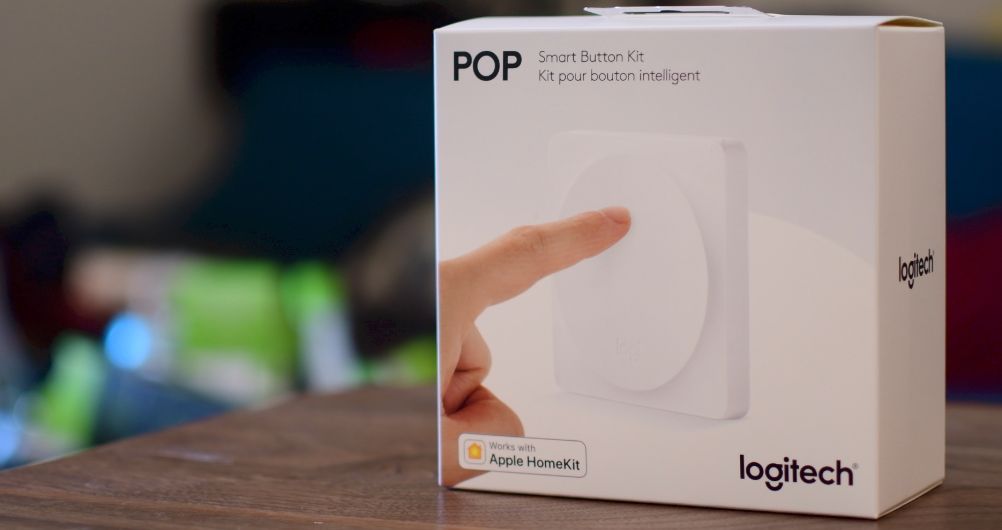
Logitech POP Buttons Are About To Go Pop
For those who missed out on the past few years of ‘smart home’ gadgets, the Logitech POP buttons were introduced in 2018 as a way to control smart home devices using these buttons and a central hub. After a few years of…
Continue Reading
-
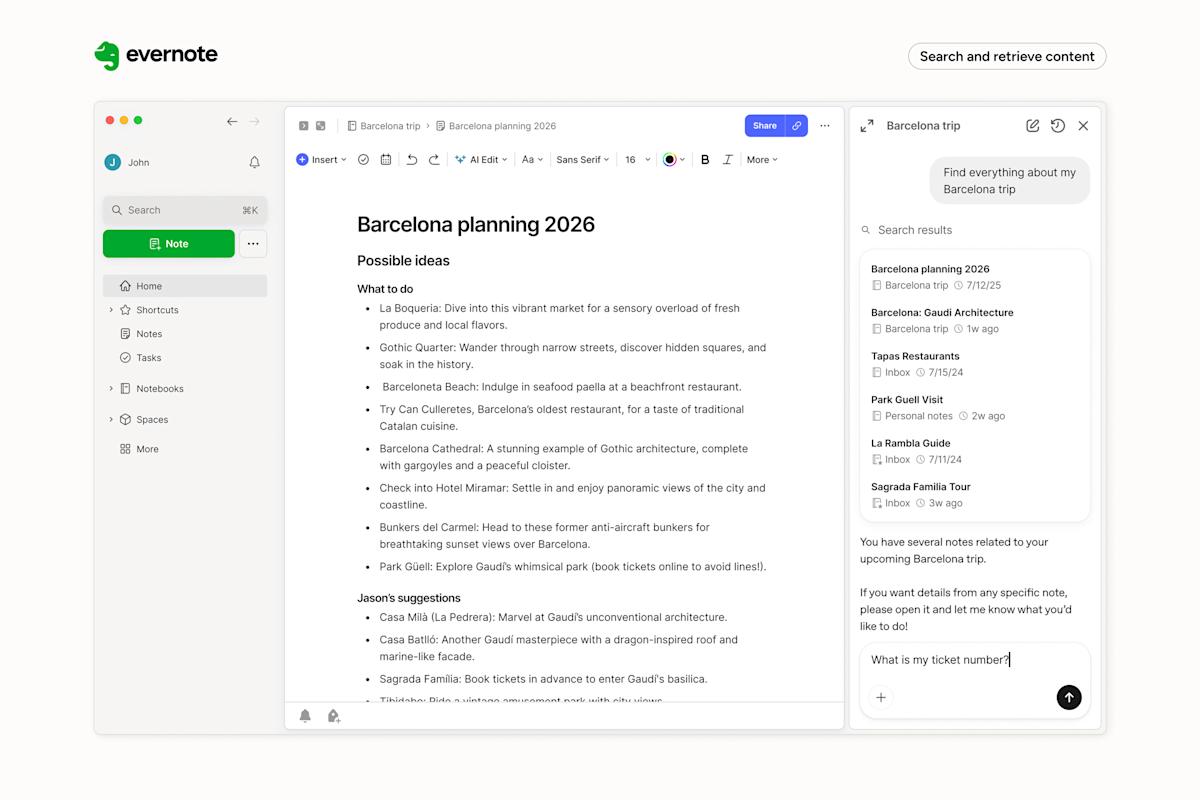
Evernote’s biggest update since 2020 goes all in on AI
If you’re like me, it’s probably been a hot minute since you’ve thought about Evernote. For years, the note-taking app, once a darling of the App Store, faced declining popularity and profitability. The last time it grabbed headlines was in 2022…
Continue Reading
-
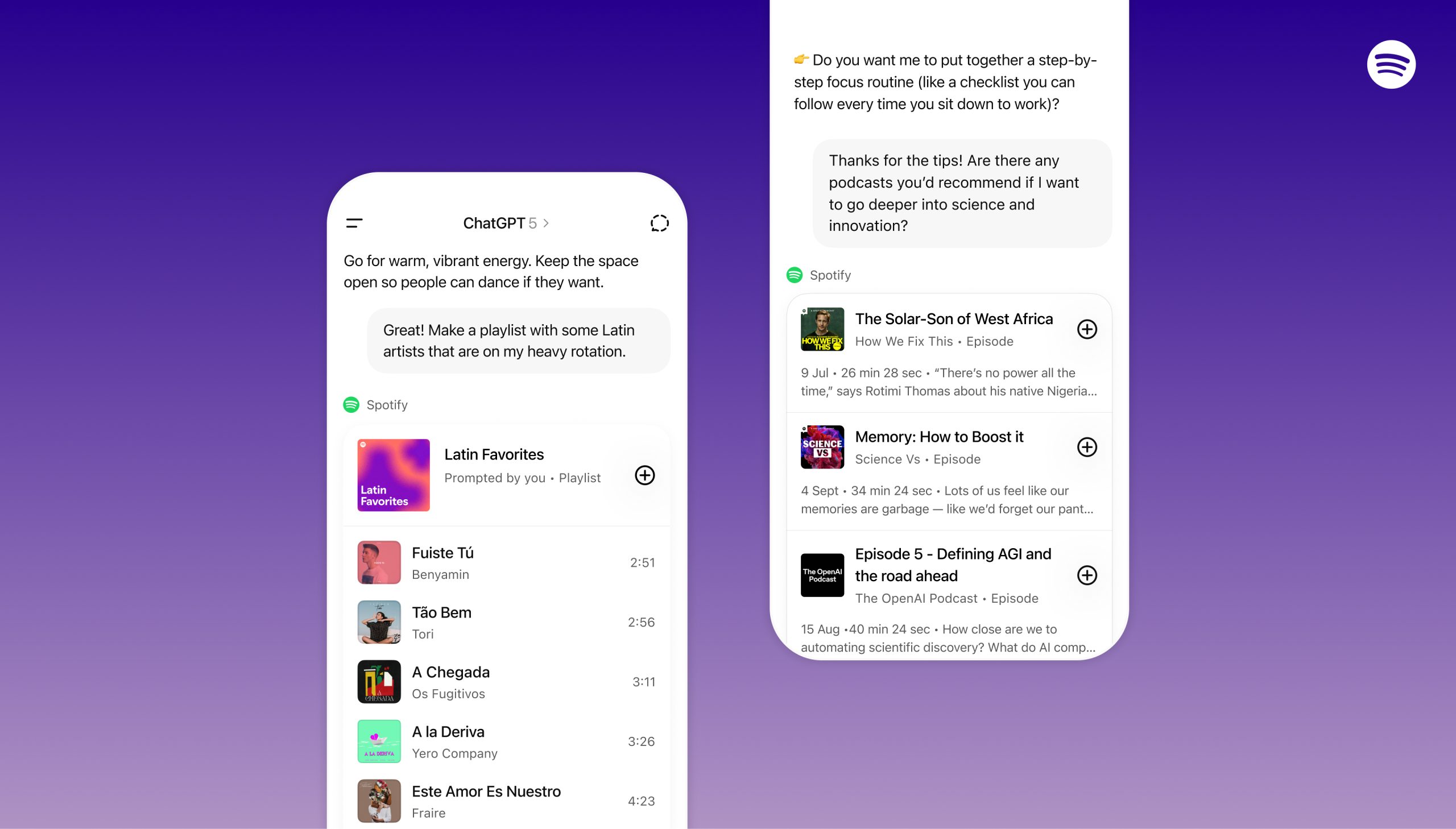
Introducing Spotify in ChatGPT — Spotify
Spotify is everywhere you listen (and watch): in the car, on your TV, and even while gaming — with integrations across more than 2,000 devices. Every listener’s journey is unique;…
Continue Reading
-
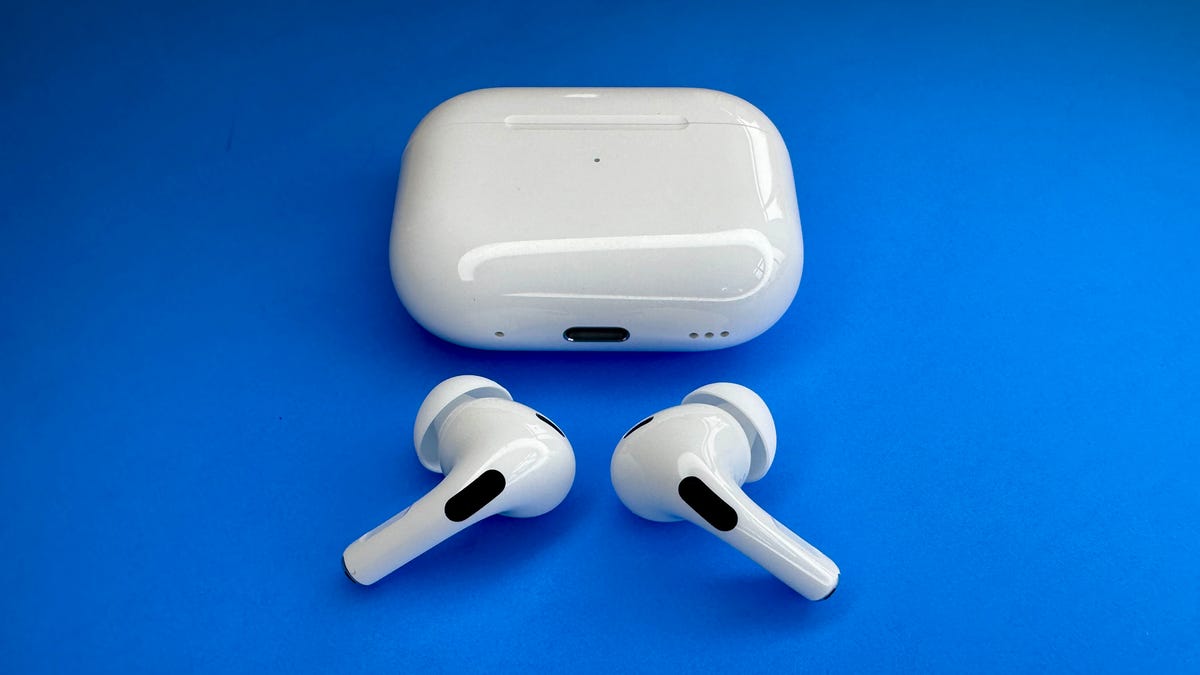
Apple’s AirPods Pro 2 Are Teenager-Approved and Now Under $200 for Prime Day
Amazon has deals on all sorts right now, thanks to the October Prime Day event, which means that you can currently get your hands on the excellent Apple AirPods Pro 2 for $199, which is a hefty 20% off the normal price. But Prime Day is ending on…
Continue Reading
